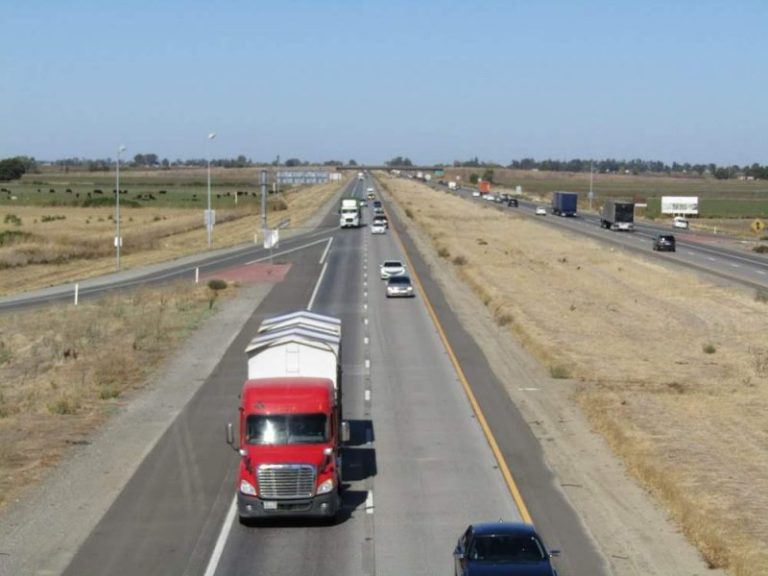The Difference Between No-Fault And Comparative Negligence
When it comes to laws and regulations regarding insurance, liability, and fault, matters can vary quite differently from state to state. Especially when it comes to car insurance, you may have come across terms such as “comparative negligence” and “no-fault.” Fortunately, if you’re confused about these terms, there are experienced personal injury lawyers who can help break them down for you. But if you’d like to have some familiarity with the subject matter before consulting with a lawyer, the basics of these legal terms can be readily explained.
What Is No-Fault Insurance?
In states where no-fault laws apply, in the event of a car accident, both parties file an insurance claim with their respective insurance company. This happens regardless of the circumstances behind the accident. One of the benefits of this is that it keeps the process very simple and includes legal restrictions that prevent these accidents from going into the civil court system. However, depending on your insurance company, this also means that you could end up paying higher premiums for an accident that you were not at fault for and prevents you from being able to collect funds from the at-fault driver. As a counterpoint, even if you could legally collect from someone, that doesn’t mean they’re going to have the money to actually pay you, leaving you to collect from your own insurance anyway.
What Is Comparative Negligence?
Comparative negligence, or comparative fault, is the system used in Arizona and other states when determining accident damages. In this system, an auto accident is looked at from the perspective of how much each driver contributed to the crash. Was one driver speeding while another failed to signal when doing a lane change? In a situation such as this, the speeding driver may only be found 35% at fault, while the driver failing to signal might be 65% at fault, requiring them to pay out more, should the case go to the court system. When it comes to dealing with insurance companies though, it gives the parties involved a choice to either file with their own insurance company, or with the other party’s. This is a situation where speaking with an experienced auto accident attorney may be in your best interest to better ensure your ability to collect from the at-fault party.
How Can A Lawyer Help My Comparative Negligence Case?
As previously mentioned, if an accident case goes to trial, determining the percentage of which either party was at fault, directly impacts the amount of money you can receive from the case. Dealing with insurance companies can be difficult as they obviously would want to pay out as little as possible. Having an attorney on your side can aid in the investigation of the accident as well as determining the total cost of it. These details are incredibly important as again, the opposing insurance company is going to want to pay you as little as possible. Because attorneys can also help you organize and plan your case, this can help you gather a settlement and avoid going to trial. Most insurance companies would rather settle a claim instead of expending the resources needed to engage in a drawn-out court case.
Injured In An Arizona Auto Accident? Call ELG Law.
Insurance companies and laws regarding fault can be complicated and confusing. Fortunately, there are law groups, like ELG Law, that provide free consultations. Call us at 623-321-0566 to speak to one of our experienced personal injury attorneys regarding the circumstances of your accident. Our knowledge of the law can help you negotiate with the insurance companies towards a settlement, or even take your case to court if needed. If you weren’t negligent in causing an accident, you shouldn’t have to worry about being found partially responsible for it. Call ELG Law today and let us help you get the settlement you deserve.
Law News Feed
All NewsWho Is Liable for Damages After a Truck Accident?
According to information from the National Highway Traffic Safety Association, more than 2,500 truck accidents occur each year in Arizona. It goes without sayin…
Common Injuries After a Motorcycle Accident
Motorcycle accidents kill or severely injure individuals more frequently than any other type of crash, resulting in immense amounts of suffering and financial d…

